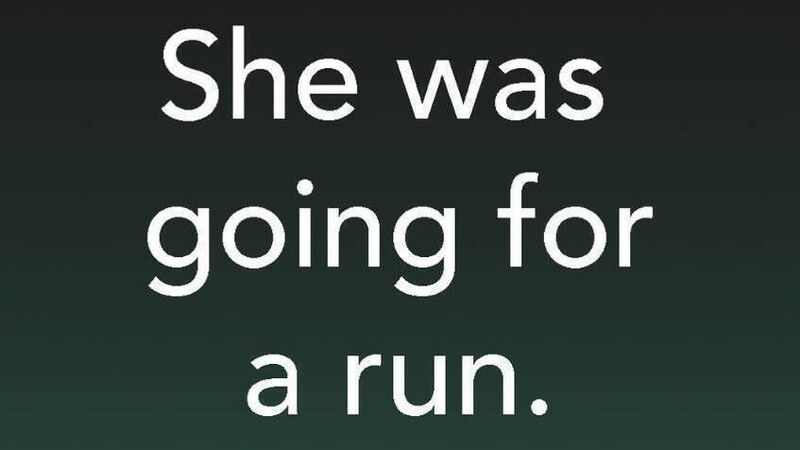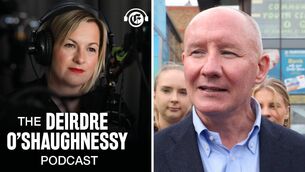Anna O'Donoghue: Social media can strengthen voices in activism

The social media post shared by over 500,000 people after Ashling Murphy's murder.
Ever since Cathal Crotty walked free from a court with a suspended sentence after he beat Natasha O’Brien unconscious in a random street attack, and boasted about it afterward on social media, people have turned to that very medium to try and make sense of it.
Tap after tap, post after post, reshare after reshare: “We stand with Natasha.” “The judicial system is misogynistic.” “Where is the justice?”
Infographics display violence against women stats, graphics show powerful quotes, and videos depict Natasha O’Brien and many other women speaking directly to phone cameras.
“The judge told me that, you know, he made it easier for you. He pleaded guilty from the start,” said Ms O’Brien outside Limerick Circuit Criminal Court last week.
Footage of her passionate plea sent shockwaves through social media platforms, resulting in both Natasha O’Brien and Cathal Crotty trending on X in a matter of hours.
This was only two years after the name Ashling Murphy trended on the same platform.
At that time, the phrase “she was going for a run” made its way into our lexicon after an Australian-based Instagram account posted the phrase as a reaction to Ms Murphy’s murder.
The post was viewed by 2m people and shared by over 500,000 people — that’s 10% of our population.
In a time when no words seemed enough, it was this that connected those Irish at home and abroad who mourned the death of the 23-year-old teacher.

By sharing the post, you were signalling that you too felt injustice, you too were angry about the circumstances of her death, and that you were open to talking to those who felt the same.
Cut to 2024 and posts with the phrase “his career is not more important than our safety” are beginning to carry a similar meaning.
Some may argue that a reshare of a social media post will not change the laws, but it can amplify the cause. Not only can social media get a message out further and faster than more traditional forms of activism, but it can continue to generate traction and aim to start conversations for much longer.
Within 12 hours of Cathal Crotty’s sentencing and Natasha O’Brien’s words outside the court, information and details of protests across the country were formed in social media posts.
Now, a week on, both names are still trending on X, Instagram, and TikTok. Videos, infographics, and posts are still being made and reshared.
Fortunately, we’ve been lucky enough to witness Natasha O’Brien herself at the forefront of this campaign.
The 24-year-old has since devoted her own social media accounts to speaking up about the injustice she suffered.

“I’d like to express my deep, deep gratitude to every single one of you that has heard my story and feels the outrage, the horror, the pain, the fear that I feel for our broken system,” she said in a video posted to her followers on Instagram.
“And this is not about justice for me, this is about justice for all of us.
Messages of gratitude, encouragement, and support flood the comments of her account.
“Keep the movement for change going,” one said.
“We are all so proud of you for being a voice to so many! WE HEAR YOU,” another commented.
People are angry and frustrated. They want to speak up, but also reach out and demonstrate their solidarity. Social media gives a voice to the voiceless, but it also organically creates communities that are passionate about the same issues.
Long after the traditional news cycle would have moved on, Natasha O’Brien’s story has continued to gather momentum on social media — spilling into real life with hundreds of people taking to the streets in protest.
Each tap, post, and reshare strengthens this community and that’s what can give social media activism the potential to address an age-old problem in a very modern way.
- If you are affected by any of the issues raised in this article, please click here for a list of support services.














